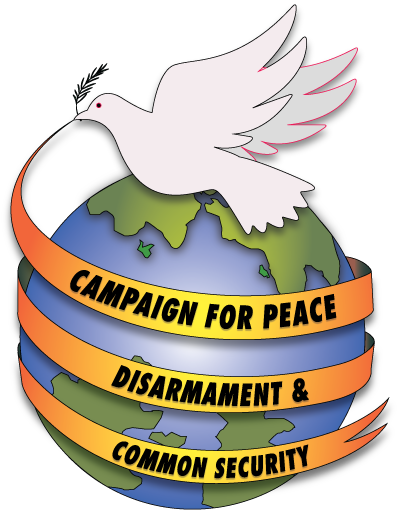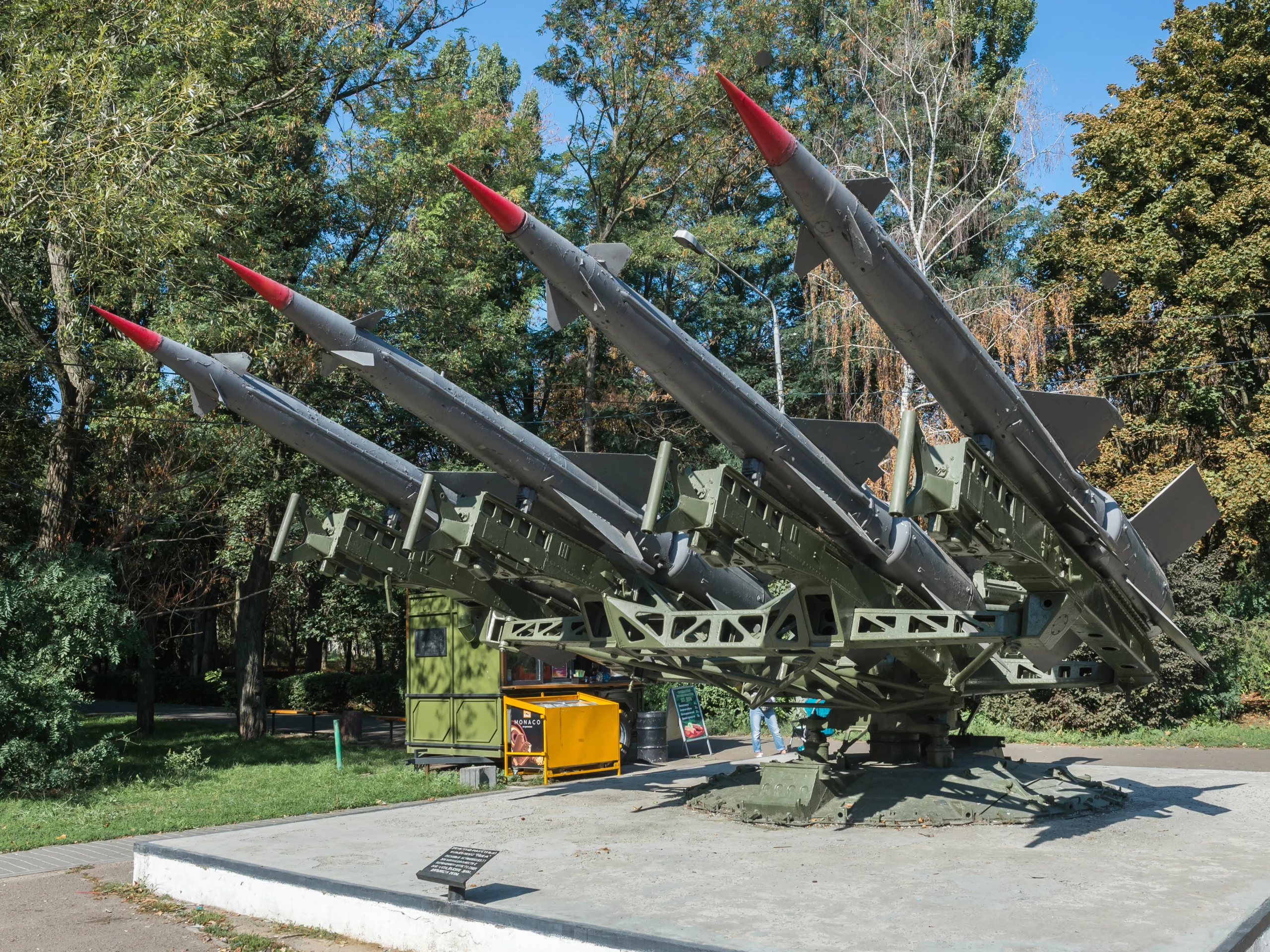Joseph Gerson’s In Depth News Article
Initiated by Germany, NATO is in the process of ratcheting up spiraling nuclear and “conventional” arms races with Russia, with plans to deploy a multi-billion euro “missile shield” It is important for people to know about and begin debating this escalation of the new Cold War.
The Biden Administration’s recent National Security Strategy announced that the post-Cold War order is now history, and that the yet to be named new era is defined by military, economic, and technological competition to shape the new order. NATO’s expansion to Russia’s borders, Russia’s invasion of Ukraine and the U.S./NATO response, as well as the trade war with China are all major elements in these debilitating, and at times murderous, struggles for hegemony—regional and global.
So too is Germany’s reverse course, with its massive increases in military spending, its deployment of troops to Eastern Europe and even Mali, and more recently its multi-billion-euro Sky Shield missile defense initiative, ostensibly designed to protect Germany and Europe from what it perceives to be an “existential threat” emanating from Putin’s Russia.
Reuters reported on October 13 that “Germany and more than a dozen NATO partners aim to jointly procure air defense systems that protect allied territory from missiles, eying Israel’s Arrow 3 system, U.S. Patriot, and German IRIS-T units among the options. The system has been named European Sky Shield.” Consistent with U.S. and NATO commitments to integrated and intraoperative systems, Sky Shield is being designed to fully integrate the short, medium, and long-range missile defense systems of all participating nations.
Those who signed the October letter of intent are Germany, Britain, Slovakia, Norway, Latvia, Hungary, Bulgaria, Belgium, the Czech Republic, Finland, Lithuania, the Netherlands, Romania, and Slovenia. Defense News had earlier reported that “Some allies may only be interested in one layer of the shield while others will opt for the full suit,” with the opportunity to expand their limited systems in the future.
France, Italy, Turkey, Spain, and Poland have yet to sign on as they have their own competing air defense systems. Continued negotiations about their and non-NATO member states possibly joining Sky Shield are anticipated. Additionally, the U.S. will continue to operate some ballistic missile sites in eastern Europe independently from NATO.
The U.S. has yet to fully sign on, apparently due to the priority Washington gives to U.S. produced THAAD high altitude missile defenses, while Germany’s defense Minister Christine Lambrecht is pressing for adoption of the Israeli Arrow 3 high altitude system. In a classical replay of struggles over who gets the money and who determines the technology and thus gains policy and strategic advantages, this debate appears to be rooted in uncertainly over what quid pro quo Washington will accept for possible adoption of the Israeli Arrow 3 system. Because Arrow 3 includes U.S. components the U.S. holds veto power over to whom it is sold.
Investments of tens of billions of Euros, if not more, will be required if a system is to be built with the ostensible goal of protecting the eastern flank of NATO from Norway in the north to Greece in the south. That said, we know from repeated failed missile defense tests and the limited capabilities of Israeli and Ukrainian missile defenses, absolute protection is still far beyond what missile defenses can provide. 80% reliability against conventionally armed missiles can provide meaningful, if not total, protection.
But a 20 per cent failure rate in downing nuclear armed missiles would result in unimaginable devastation, possibly global cooling or worse, nuclear winter. Worth noting is that the U.S. has no real defenses against Russia’s new hypersonic and other exotic nuclear weapons delivery systems.
In an article focused on possible German ulterior motives related to the Sky Shield project, Defense-Aerospace.com reports that there are industrial policy consequences to the Sky Shield initiative. “[B]y adopting the Arrow and new Patriot variants, European nations would surrender their technological know-how in a crucial defense sector to the United States, allowing its industry to dominate the sector much like what it has achieved with the F-35.”
The article continues that this may not matter to Germany: “the question arises” it reports, “if either Berlin is bringing 15 new customers for U.S.-made air defense systems in exchange for permission to buy Arrow. Or is it looking for cost-sharing partners to finance part of the Arrow 3 it wants to buy but cannot afford to buy on its own”.
Military-Industrial Complex boondoggle though it may be, the Sky Shield is, of course, about more than money. Der Spiegel reports that the Bundeswehr believes Germany faces “existential” threats from Russia. This is not an irrational fear given Russia’s invasion of Ukraine, and the massive devastation of Ukraine’s infrastructure, not least its economic grid, by missiles and artillery.
With much of Europe spooked, German Chancellor Olaf Scholtz declared the war a post-war “turning point” for Europe, necessitating transformation of Germany’s foreign and military policies. Reminiscent of the 20th century, Germany’s leadership with the Sky Shield initiative appears to be one way that Germany is moving to position itself as the leading non-Russian European military power.
The European Council on Foreign Relations explains why most NATO members states have signed onto Sky Shield. It reports that a lesson from Russia’s more than 4,000 devastating missile attacks on Ukraine, including recently against Ukraine’s infrastructure, is that “Russia will likely continue to use them in the future, in Ukraine and perhaps beyond.” (This way of war is in the long tradition of siege warfare, and as we know from the U.S. Iraq wars, it is not unique to the Kremlin.) Hence, the Council article continues,
Sky Shield “suggests Europe has observed Ukraine’s plight closely and is acting pre-emptively against potential threats to its own skies.” It explains that Sky Shield “will need to address the same challenge that Ukraine is facing now—how to integrate different air defence systems and coordinate their operation,” and in the tradition of wars serving as testing grounds for new weapons systems and strategies that “Ukraine is currently a testing ground for that task”.
Noting that Germany has already supplied IRIS-T systems to Ukraine, the European Council explains that “in the medium term, Ukraine should be able to join the European Sky Shield initiative—and in doing so, significantly strengthen it. When combined with NATO summit in Bucharest declaration that NATO’s door is still open for Ukrainian membership, this bodes ill for negotiations that could lead to a secure and neutral Ukraine.
The past is of course prologue, and of necessity actions have their consequences, including unintended consequences. Just as the U.S. led NATO expansion was among the precipitating causes for Russia’s catastrophic invasion of Ukraine in violation of the U.N. Charter, roots of the Sky Shield Initiative are found not only in European fears that Moscow’s ambitions may extend beyond Ukraine.
They have also grown from the Bush-Cheney Administration’s 2002 abrogation of the Anti-Ballistic Missile Treaty. That treaty, which the U.S. Arms Control Association once described as a “cornerstone of strategic stability” and which acted as a break on the nuclear arms race, was eliminated in the pyrrhic and potentially suicidal pursuit of nuclear superiority and the ability to continue practicing nuclear blackmail and extortion as it has in the past (see among others the 1991 and 2003 U.S. nuclear threats on the eves of the Iraq wars.).
Because missile defenses are not exclusively defensive and can serve as defensive shields to reinforce first strike swords, as the Arms Control Association warned a generation ago, the abrogation of the Treaty has led to the spiraling arms race in which each side “would build up its offensive nuclear forces to offset the defense.” This placed humanity on “a path toward a never-ending offensive-defense arms race as each tried to balance its counterpart’s action.” This dynamic is compounded by Russian fears that U.S. and NATO missile defense systems based in Eastern Europe can be converted to launch nuclear armed cruise missiles.
Worth noting is that in a recent Track II discussion involving current and former officials and from the U.S., NATO, and Russia, an American made the argument that calls for negotiations to end the Ukraine war are not sufficient. NATO’s expansion, soon to also include Finland and Sweden, and Russia’s invasion of Ukraine have left the foundations of what was Euro-Atlantic strategic stability that significantly reduced the dangers of great power nuclear war in shambles. The European the Common Security order of the 1990s that began with the Paris Charter is now history and in free fall.
But we are not without agency. The existential challenge we face is to envision and create a 21st century Common Security order. We have seen with the diplomacy and extension of the Ukraine-Russia grain deal, and with the recent meeting between U.S. and Russian senior military officials, that constructive negotiations remain possible.
There is recognition that at some point the Ukraine War will end with negotiations that of necessity will involve the U.S. and NATO as well as Russia and Ukraine. Such negotiations can serve as the first step in creating a new Euro-Atlantic security order that would include renunciations of first-strike nuclear doctrines and thus rationales for the Sky Shield and other missile defense systems.
Originally posted on: https://indepthnews.net/index.php/opinion/5790-sky-shield-the-spiraling-u-s-nato-arms-race

